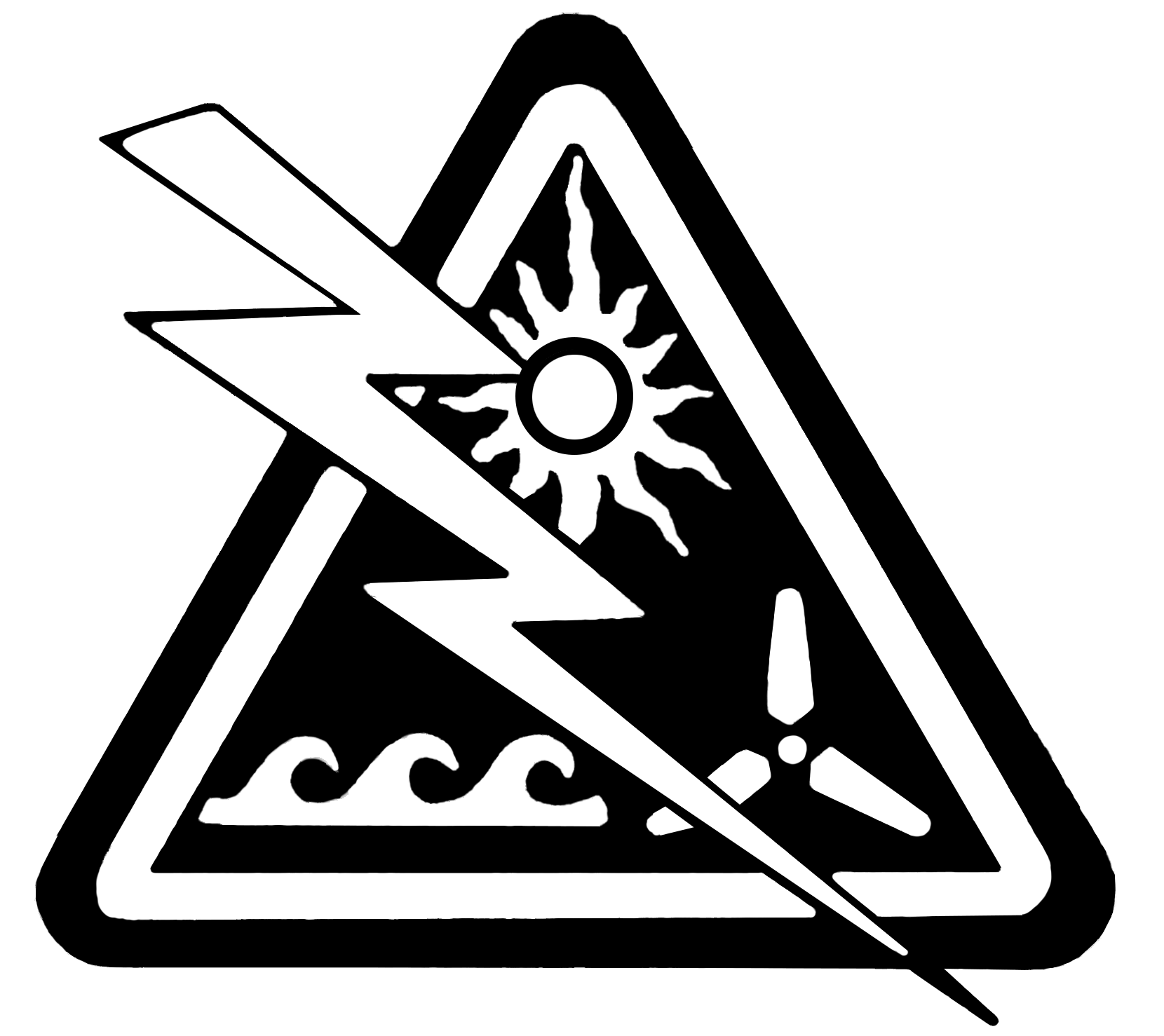The table below shows allowable ampacities of conductors (wires) in conduit, raceway, cable or directly buried, in an ambient temperature of 30°C (86°F). National Electrical Code (NEC) allows rounding up cable ampacity to next size standard fuse or breaker.
For ambient temperatures above 30°C (86°F), multiply the allowable ampacities shown at right by the correction factor listed under the insulation temperature rating below.


Recommended Inverter Cable and Overcurrent Protection
Use this table to decide cable size and fuse or breaker size for common inverter models. Smaller cable sizes can be used if fuse or breaker size is reduced but this can cause problems if the inverter is running near its maximum output wattage. Larger cables may be necessary if the distance from the inverter to the battery is greater than 10 feet.
Please click the Going Transformer-less Electrical Contractor Magazine article by Mark C. Ode below for NEC code requirements when going transformer-less:
https://www.ecmag.com/section/codes-standards/going-transformer-less
Note that we stock battery-to-inverter cables in #2, 2/0 and 4/0 AWG.

Wire Loss Tables for 12 VDC and 24 VDC Systems
Use this table to determine the maximum distance from power source to load for 2% voltage drop. If a 4% loss is acceptable then the distance can be doubled. Do not exceed 2% drop for wire between PV modules and batteries. A 4% to 5% loss is acceptable between batteries and lighting circuits in most cases. Note that a 24 VDC array can be placed much further from the battery bank than a 12 VDC array of the same size due to the lower current.

Wire Loss Tables - 48V and 120V
Use these tables to determine the maximum distance one-way in feet of various gauge two-conductor copper wire from power source to load for 2% voltage drop in 48-volt and 120-volt system wiring. You can go twice the distance where a 4% loss is acceptable. Do not exceed the 2% drop for wire between PV modules and batteries. A 4 to 5% loss is acceptable between batteries and lighting circuits in most cases.

